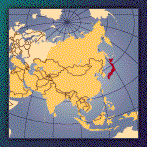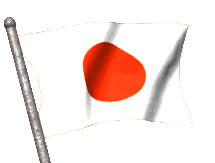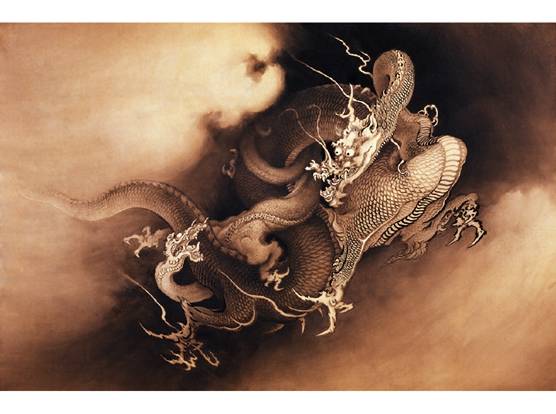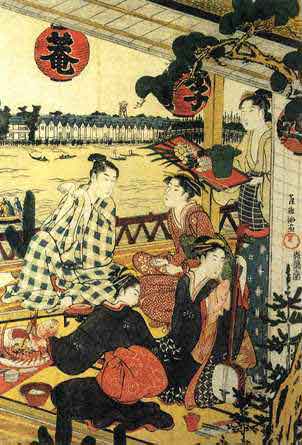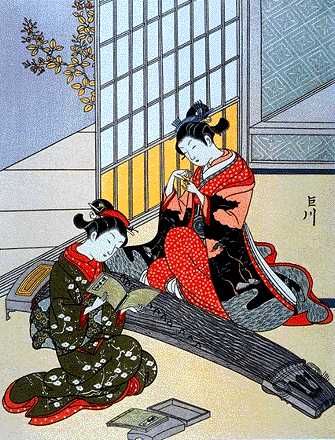Would you like to make this site your homepage? It's fast and easy...
Yes, Please make this my home page!
home
Japan, island nation in East Asia, located in the North Pacific Ocean off the
coast of the Asian continent. Japan comprises the four main islands of
Honshu,
Hokkaido,
Kyushu,
and
Shikoku,
in addition to numerous smaller islands. The Japanese call their country Nihon
or Nippon, which means “origin of the sun.” The name arose from Japan’s
position east of the great Chinese empires that held sway over Asia throughout
most of its history. Japan is sometimes referred to in English as the “land
of the rising sun.”
Tokyo
is the country’s capital and largest city.
Introduction
Mountains
dominate Japan’s landscape, covering 75 to 80 percent of the countryHistorically,
the mountains were barriers to transportation, hindering national integration
and limiting the economic development of isolated areas. However, with the development
of tunnels, bridges, and air transportation in the modern era, the mountains
are no longer formidable barriers. The Japanese have long celebrated the beauty
of their mountains in art and literature, and today many mountain areas are
preserved in national parks.
Most
of Japan’s people live on plains and lowlands found mainly along the lower
courses of the country’s major rivers, on the lowest slopes of mountain
ranges, and along the sea coast. This concentration of people makes Japan one
of the world’s most crowded countries. Densities are especially high in
the urban corridor between Tokyo and
Kobe,
where 45 percent of the country’s population is packed into only 17 percent
of its land area. An ethnically and culturally homogeneous nation, Japan has
only a few small minority groups and just one major language–Japanese.
The dominant religions are
Buddhism
and
Shinto
(a religion that originated in Japan).
Japan
is a major economic power, and average income levels and standards of living
are among the highest in the world. The country’s successful economy is
based on the export of high-quality consumer goods developed with the latest
technologies. Among the products Japan is known for are automobiles, cameras,
and electronic goods such as computers, televisions, and sound systems.
An
emperor has ruled in Japan since about the 7th century. Military rulers, known
as shoguns, arose in the 12th century, sharing power with the emperors for more
than 600 years. Beginning in the 17th century, a powerful military government
closed the country’s borders to almost all foreigners. Japan entered the
19th century with a prosperous economy and a strong tradition of centralized
rule, but it was isolated from the rest of the world and far behind Western
nations in technology and military power.
When
Western nations, eager to trade with Japan, forced the country to open its borders
in the mid-19th century, Japan’s shogun was ousted in a coup that restored
the emperor to power. Under the rule of the
Meiji
emperor(1868-1912), Japan began a crash program of modernization and industrialization,
as well as colonial expansion into Korea, China, and other parts of Asia. By
the early 20th century, Japan had won a place among the world’s great powers.
Welcome
to the world of Japan, this work that you see rigth in front you is not my work
I got it from someone else on hte internet.Japan Introduction 2000 - Flags,
Maps, Economy, Geography, Climate, Natural Resources, Current Issues, International
Agreements, Population, Social Statistics, Political System, sorry this is not
my work but I just changed it a little. Thank You.
